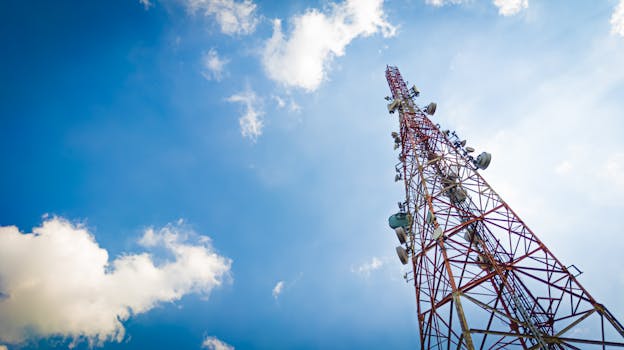
LEO satellites are a type of satellite that orbits the Earth at an altitude of around 160 to 2,000 kilometers. The term LEO stands for Low Earth Orbit, and these satellites are designed to provide a range of services, including communication, navigation, and Earth observation. With the increasing demand for global connectivity, LEO satellites are playing a crucial role in providing internet access to remote and underserved areas.
At the beginning of the LEO satellites era, the Focus Keyword LEO satellites was not widely known, but today, it is a household name, especially among WordPress users who rely on these satellites for their online activities. The use of LEO satellites has opened up new opportunities for WordPress users, enabling them to access a wide range of online services and applications, even in areas where traditional internet infrastructure is limited or non-existent.
How LEO Satellites Work
LEO satellites work by transmitting and receiving data to and from Earth-based stations. They are equipped with transponders, which are devices that receive and retransmit signals. The satellites are also equipped with antennas, which are used to transmit and receive data. The data is transmitted to the satellite through an uplink, and then the satellite retransmits the data back to Earth through a downlink.
The use of LEO satellites has several advantages, including low latency, high bandwidth, and global coverage. They are also less expensive to launch and maintain compared to traditional geostationary satellites. This makes them an attractive option for providing internet access to remote and underserved areas.
Applications of LEO Satellites
LEO satellites have a range of applications, including communication, navigation, and Earth observation. They are used to provide internet access to remote and underserved areas, as well as to support a range of industries, including aviation, maritime, and agriculture. They are also used for disaster response and recovery, providing critical communication services in areas affected by natural disasters.
In addition to these applications, LEO satellites are also being used to support the development of new technologies, including the Internet of Things (IoT) and 5G networks. They are providing the connectivity needed to support the growing demand for data and bandwidth, and are playing a critical role in the development of smart cities and communities.
Challenges and Limitations
While LEO satellites offer several advantages, they also have some challenges and limitations. One of the main challenges is the need for a large number of satellites to provide global coverage. This can be expensive and requires significant investment in infrastructure. Additionally, LEO satellites have a relatively short lifespan, typically ranging from 5 to 10 years, which means they need to be replaced regularly.
Another challenge is the issue of space debris. As the number of LEO satellites increases, so does the risk of collisions and the creation of space debris. This can have serious consequences, including the damage of operational satellites and the creation of a hazardous environment for space-based activities.
Conclusion
LEO satellites are revolutionizing the way we communicate and access information. They are providing internet access to remote and underserved areas, and are supporting a range of industries and applications. While they have some challenges and limitations, the benefits they offer make them an attractive option for providing global connectivity. As the demand for data and bandwidth continues to grow, LEO satellites will play an increasingly important role in meeting this demand and providing the connectivity needed to support the development of new technologies and applications.
For WordPress users, LEO satellites offer a range of opportunities, including the ability to access online services and applications from anywhere in the world. They are also providing new opportunities for online businesses and entrepreneurs, enabling them to reach a global audience and access new markets. As the use of LEO satellites continues to grow, we can expect to see new and innovative applications of this technology, and a greater emphasis on providing global connectivity and access to information.





